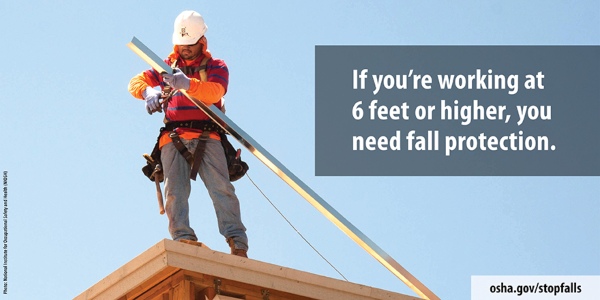The Requirements of OSHA Forms 300, 301, and 300A

By Cotney Attorneys & Consultants
Whether you are designing and building a state-of-the-art stadium with a retractable roof, a sleek high-rise made of glass and steel, or a cozy cottage with composite shingles, one of your main priorities is protecting your employees.
These workers provide the energy, spirit, and know-how to complete each project, and your business depends on them.
So, when an employee is injured or becomes ill, there are specific measures you must take. After securing immediate medical attention for your employee, it is critical that you complete Occupational Safety & Health Administration (OSHA) Forms 300, 301, and (eventually) 300A. Completing these forms complies with OSHA regulations, safeguards your employees’ health, and defends your company’s best interests.
OSHA Form 300 is a recordkeeping log in which you must list every work-related employee illness or injury throughout each calendar year. Note that businesses operating in low-hazard industries or employing ten or fewer staff are usually exempt from this requirement. Since construction is considered a high-risk industry, your company likely must follow this directive.
Within seven days of learning about it, a manager or human resources staff member must record the details of each work-related illness or injury on OSHA Form 300. It is best to document this information on the day of the incident, even within the hour, if possible. This OSHA requirement applies to employees on the payroll, in addition to those regularly supervised on the worksite. The listing should include the affected employee’s name, the date and location of the incident, and a short description of the event. In some sensitive cases, the employee’s name can be kept private.
Applicable incidents include any occupational illness or injury that requires medical attention (beyond first aid); results in loss of consciousness; or necessitates time off from work or a transfer to a different job. You are also required to record any work-related deaths or any disease diagnosis presumed to have originated on the job.
You should be aware that recording an injury or illness does not imply that your company is at fault or violated an OSHA guideline. However, systematically updating records immediately after each issue is good practice and illustrates your commitment to worker safety. OSHA may request to review your Form 300 recordkeeping during an inspection, so up-to-date logs are critical.
In addition to recording the entry on the Form 300 log, you must create an injury and illness incident report (OSHA Form 301) within seven days of receiving information about each event. At the close of each calendar year, you are required to review the Form 300 log, make any corrections or additions as necessary, and then create an annual OSHA Form 300A summary of work-related injuries and illnesses. You must post this report in a visible, employee-accessible workplace location by February 1 of the next year and through April 30. You also may be required to submit the Form 300A summary to OSHA.
Beyond this recordkeeping, businesses must report serious issues directly to OSHA by calling an OSHA office or completing an online form (Note: leaving a voicemail message does not suffice). Within eight hours, you must report any work-related fatality that occurs within 30 days of a work-related incident. And within 24 hours, you are required to report any work-related in-patient hospitalizations, amputations, and loss of an eye(s) that occur within 24 hours of a work-related incident.
If your business operates at multiple sites, you must keep a log and summary at each location. Be sure to keep all these records on file for at least five years. Taken together, the forms and summaries provide an overview of the severity and frequency of your company’s work-related safety issues. This overview can assist you in identifying patterns and finding ways to reduce risk.
Tracking injury and illness incidents can be time-consuming, but failure to maintain accurate and complete reports can result in hefty fines. You will discover that developing a habit of precise recordkeeping is worth the effort. It helps ensure that your employees receive the attention they need, and it can protect your business in the event of injury-related litigation.
Disclaimer: The information contained in this article is for general educational information only. This information does not constitute legal advice, is not intended to constitute legal advice, nor should it be relied upon as legal advice for your specific factual pattern or situation.
Cotney - Attorneys & Consultants is an advocate for the roofing industry and General Counsel of NRCA and several other industry-related associations. For more information, contact the author at 866.303.5868 or go to www.cotneycl.com.





-2025-xtv-mls-tour-2.png)

















Comments
Leave a Reply
Have an account? Login to leave a comment!
Sign In